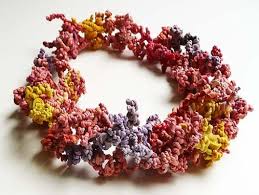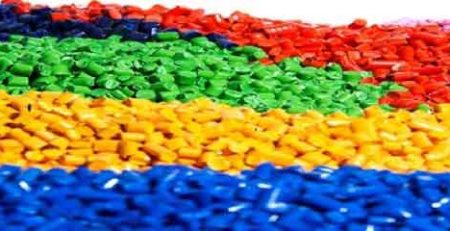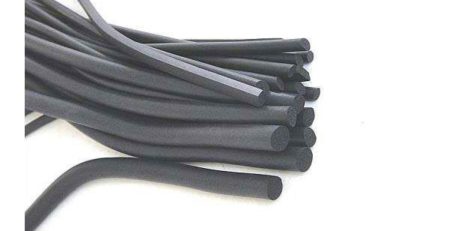Production principle of recycled rubber
In addition to the general rubber products, recycled rubber products are gradually come into everyone’s life. Recycled rubber is rubber products in the production of vulcanized scrap as raw materials processed into a certain plasticity, can re-use of rubber. Referred to as recycled rubber.
According to the different raw materials used in waste, renewable rubber is divided into tire type, inner tube, rubber and so on. Recycled rubber can partially replace raw rubber for rubber products to save raw rubber and carbon black is also conducive to improving the processing performance and rubber products, some of the performance, but also to a certain extent, due to combustion of waste rubber caused by air pollution problems
The regeneration process is a process in which the molecular chain and the crosslinking point of the vulcanized rubber are broken under the combined action of the plasticizer (rubber softener and activator), oxygen, heat and mechanical shearing. Softener from the expansion and plasticizing effect, commonly used coal tar, pine tar, oil softener, cracking residue. Activator can shorten the regeneration time and reduce the amount of softener.
Commonly used activators are aromatic thiols and their zinc salts and aromatic disulfides. Recycled rubber production process, including crushing, regeneration (desulfurization) and refining three processes. In addition to this traditional regeneration method, it is being developed that the waste gum is frozen and pulverized to produce rubber powder of different particle sizes and used directly as a rubber filler for the use of waste plastic.

 Pусский
Pусский


